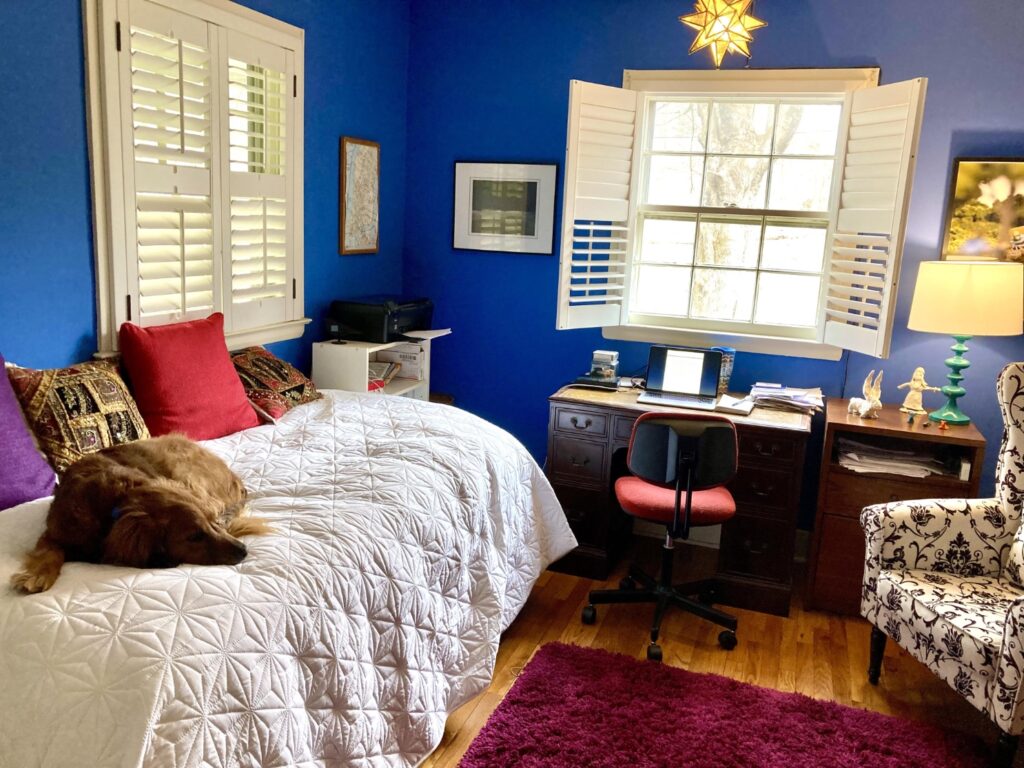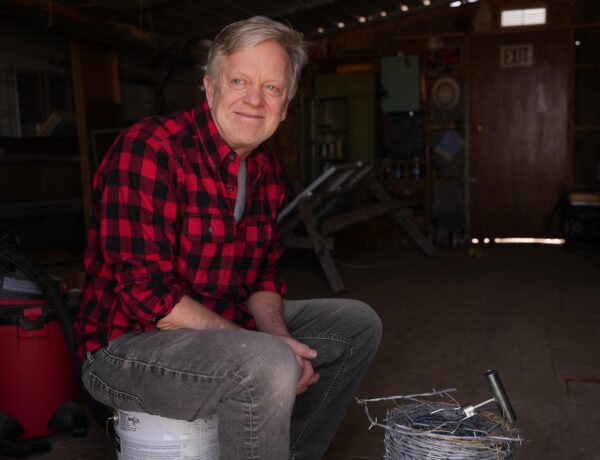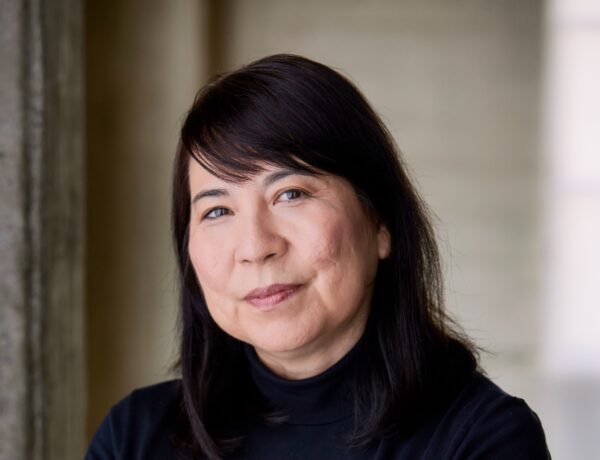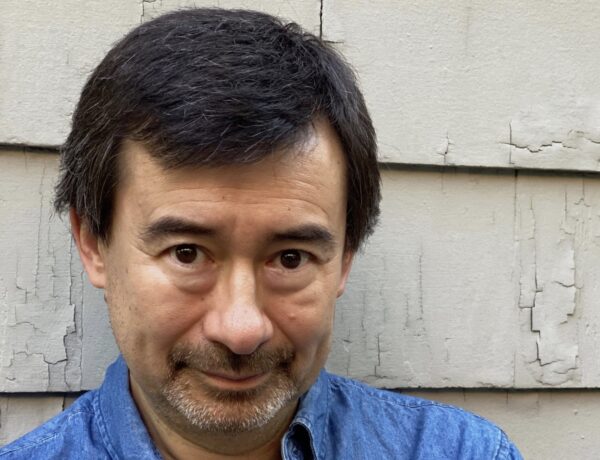Lauren Acampora is an author, with three published books by Grove Atlantic, including The Hundred Waters, named one of Vogue’s best books of 2022.
Her debut novel, The Paper Wasp, was named a Best Summer Read by The New York Times Book Review and longlisted for The Center for Fiction’s First Novel Prize.
Her debut collection of linked stories, The Wonder Garden, won the GLCA New Writers Award and was a Barnes & Noble Discover Great New Writers selection. Lauren is also a 2021 NYSCA/NYFA Artist Fellow in Fiction and her writing has appeared in publications such as The Paris Review and LitHub.
Looking for inspiration to help you achieve your writing goals? Subscribe to our newsletter for exclusive insights into the routines, habits, and techniques of some of the most celebrated authors in history.
Hi Lauren, welcome to Famous Writing Routines! It’s great to have you here with us today. Your latest novel, The Hundred Waters, has received a lot of recognition and critical acclaim. Can you tell us more about the inspiration behind the book?
Thanks for having me! I first conceived of The Hundred Waters over twenty years ago. Two images came to me in a vivid dream: a boy staking big painted wooden animal figures into the ground, and a beautiful cylindrical glass house in the middle of a flat green lawn. The characters and story grew from there. I originally thought it should be a movie, but because I didn’t know how to make movies, I tried to write it as a novel instead. It was in and out of the proverbial drawer many times before I got it right.
So, although it’s my third published book, it’s really my first. It was also inspired by my childhood growing up in Connecticut, in a town very much like Nearwater, where I rode horses, wandered alone in the woods, and accompanied my art dealer father to his clients’ houses. It dawned on me as a child that I might someday write books, and I knew I wanted to write about that place and those things. I intuited—but didn’t yet understand—the danger and wildness that lurked behind the polished surfaces of this seemingly safe haven. The tangled woods beyond the lush, manicured lawns, if you will: physically, existentially, and psychologically.
How has your experience as a 2021 NYSCA/NYFA Artist Fellow in Fiction influenced your writing?
It was terrific validation to receive the fellowship. I’d applied every grant cycle for sixteen years, like clockwork. The award, when it finally came, arrived at the perfect time, just after finishing The Hundred Waters. I’d included a brand new short story as the work sample for the grant application—a story that’s part of my new collection-in-progress—and I’m so glad this story was what finally earned the grant. The NYFA imprimatur has added to my excitement about the new stories.
The Paper Wasp, your debut novel, was a best summer read for many publications and was longlisted for The Center for Fiction’s First Novel Prize. Can you share with us the journey of bringing The Paper Wasp from an idea to a published novel?
The Paper Wasp began life as a short story about a young woman who becomes obsessed with her former childhood friend who’s become a movie star. That idea came from a couple of things: seeing a movie star emerge from my own high school graduating class, and also my fascination with the story of Katie Holmes, growing up in the Midwest and crushing on Tom Cruise with her friends.
I always wondered about the friends she’d left behind in Ohio, who would have watched her fairytale ascent from a distance. There were so many interesting angles to explore here—more than I could fit into a short story—so I tried expanding it. At first, I thought I might attempt to write it as a fluffy, commercial (best-selling!) novel, but it took on a life of its own, swerving into darker, surreal territory. I found that I was writing, again, about one of the themes I’m perennially drawn to: the symbiotic nature of art and obsession.
Your short fiction and other writing have appeared in numerous publications, including The Paris Review, The New York Times Book Review, and LitHub. Can you talk about your approach to writing short fiction versus writing longer works like novels?
I love writing short stories. They’re my favorite, I’m not gonna lie. Novels are hard. It’s so easy to get lost in the weeds and forget what I’ve already written and where things should go—it’s just not easy to hold an entire novel in my hand. With a short story, I can see the whole arc and grasp its structure. I feel like I’m in control.
That said, there are stories in my mind that I know will have to be novels, whether I like it or not. I adore great sweeping epic novels with big important themes, and I’d love to write one someday, but I don’t know if I’ll ever be able to pull it off. I equally love short, gem-like novels—and these seem much more achievable for me as a writer. So that’s what I try to aim for.
Do you struggle to stay focused while writing? You’re not alone! That’s why Famous Writing Routines recommends Freedom – the ultimate app and website blocker for Mac, Windows, Android, iOS, and Chrome. With over 2.5 million users, Freedom helps writers stay on task and avoid distractions. Get started for free today and reclaim your productivity!
Can you walk us through your creative process? What does a typical writing day look like for you?
I take my daughter to school, walk the dog, shower, stretch, play with the dog, do professional and household administration (emails, texts, phone calls, etc.), freak out that it’s already 11:00, pull up whatever writing project I’m working on, stare at it, have lunch, freak out again, write like crazy for the next few hours until school pick-up time. Then walk the dog, help with homework, cook/eat dinner, read a book, go to bed. If I can’t sleep, I try to think about my writing project. That puts me to sleep immediately.
Can you talk about your experience with revising and editing your work? How do you know when a piece is ready to be published?
I write a first draft, put it away and work on something else, take it back out and revise, put it away, take it back out and revise again (ad infinitum, over the course of days, weeks, years), then finally get so sick of looking at it, that I show it to my husband. He makes suggestions and points out problems I somehow didn’t notice over the course of seventeen revisions. I revise again, then show my agent, who makes suggestions and points out problems I didn’t notice in the eighteenth revision. I revise again, then submit it for publication. While it’s on submission, I revise again. It’s never ready to be published.
Do you have any tips or advice for aspiring writers on developing their craft and finding their voice?
Read a lot, and especially read those authors who make you feel like you can do it, too. There will be authors you admire with a kind of breathtaking awe and envy—brilliant minds, completely foreign to your own, who achieve the seemingly impossible—who make you feel like you should give up. “If the world has Don DeLillo, who needs me?” But there will be other authors, whose minds are perhaps more like your own, who make you want to run to the page and write.
Find out which writers (or poets, or artists, or filmmakers) do this for you and revisit their work when you need a lift. By all means, enjoy and admire the books of brilliant aliens, but don’t be demoralized by them. There are many ways to write fiction, just as there are many ways to make art or music. We need Basquiat and Arbus just as we need Monet and Rembrandt; we need the White Stripes and Lizzo just as we need Debussy and Wagner. In fiction we need the same wild spectrum of tone and style: for every Tolstoy we need a Carver, for every DeLillo a Lydia Davis.
If you could have a conversation with an author throughout history about their writing routine and creative process, who would that person be?
Boy, I don’t know… I guess, frankly, I wouldn’t be that interested in talking about routine and process with many authors. Doing that just makes me feel like my own process is idiotic. I think writers just do whatever weird thing works for them, and it doesn’t have much bearing on anyone else.
I mean, I’d love to hang out with my favorite authors, but in terms of process, I think I’d be more interested in talking with a filmmaker or composer, someone in a different creative field. How the heck does a composer come up with a musical score? I don’t have the first clue. That would be fascinating.
On second thought, some really old authors might have had interesting routines to share. I’d like to have a glass of wine and a chat with Homer, for instance. Or some mead with Chaucer. Or malted Mesopotamian barley back in the time of Gilgamesh, with whomever claimed to have inscribed it in cruciform.
I’d love to know about the books you’re reading at the moment. What have been some of your favorite reads?
Some favorite novels recently have been Demon Copperhead by Barbara Kingsolver and Mouth to Mouth by Antoine Wilson, a perfect example of the kind of tight, gemlike novel I mentioned earlier. I also enjoyed Sirens & Muses, a debut novel about art students by Antonia Angress. And since I’ve been working on short fiction these days, I’ve been reading story collections. I just finished T.C. Boyle’s new one, I Walk Between the Raindrops, which was wonderful, and I also admired the first book of stories I’ve read by Brian Evenson, A Collapse of Horses. I’m revisiting Jhumpa Lahiri’s stories, and finally dipping into Lucia Berlin’s collection, A Manual for Cleaning Women. Next up is George Saunders’ latest collection, Liberation Day. After that, I’ll check out Haruki Murakami’s essays in Novelist as a Vocation.
What does your current writing workspace look like?
Well, let’s see. Right now, I’m in my office, which doubles as a guest room. It’s small and painted a lovely Aegean blue with white trim. I’m sitting at my father’s old wooden desk, which has very cramped leg space, but I’m too sentimental to trade it in. I’m typing on my laptop, facing a window onto the front yard and my suburban road, where neighbors sometimes walk or jog past. It’s early March, so there are a lot of bare trees and brown leaves.
I’ve got a pile of random papers on the desk and some clay sculptures my daughter made, including one of a rabbit with very long ears. I also have here a small diorama of a deer standing on turf inside a glass jar, made by my friend Susan. I’ve got some bookshelves stocked with poetry and story anthologies and writing self-help books (my favorite is Walking on Alligators by Brenda Shaughnessy). There’s a purple shag rug with a squirrel tug toy on it, and there’s a small guest bed with my dog Auggie napping on it. He’s a very good boy.

Affiliate disclaimer: Some links on this website are affiliate links. We may earn a small commission if you make a purchase through these links, but only promote products we truly believe in. We disclose affiliate links and give honest reviews.



No Comments